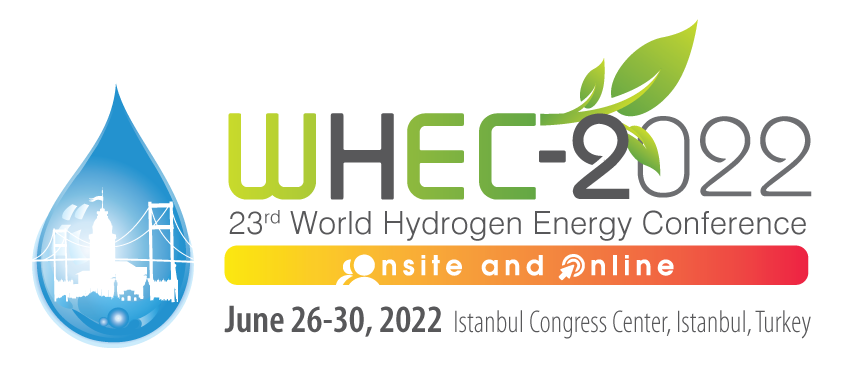| Name | Bruce E Logan |  |
| Affiliation | Penn State University | |
| Contact information | Department of Civil and Environmental Engin. |
|
| Presentation Title | Green hydrogen production using biomass in next generation microbial electrolysis cells and impaired water in novel water electrolyzer systems |
|
| Abstract | The promise of widespread use of H2 for heavy duty transport and many other applications will depend on developing both green (no net carbon dioxide emissions) and inexpensive methods to produce H2. The US DOE has set a goal of 1:1:1 (1 kg for $1 USD, within 1 decade) for green H2. In this talk I examine two of the main methods being examined by the DOE: microbial electrolysis cells (MECs), and novel water electrolyzer systems (WEs). My laboratory is developing next-generation MECs based on using zero-gap architectures incorporating an anion exchange membrane and a vapor gas phase cathode chamber for electrochemical H2 evolution. We have recently achieved an order of magnitude increase in volumetric production rates. MECs have the advantage of using a favorable anode reaction (biomass utilization by exoelectrogenic bacteria) and therefore they have lower power requirements than WEs. WEs can achieve much higher current densities than MECs but they currently require ultra-pure water, and the cost, process intensification, and potential impacts of brine production for making this water could impact overall WE costs. Therefore, we are looking at novel architectures and materials that could enable the use of impaired (slightly salty) water in WEs. One approach is to use thin film membranes, such as those used for reverse osmosis (RO) desalination. RO membranes are 1/10th the price of proton exchange membranes (PEMs), they can withstand high pressures, and unlike PEMs there is no use of PFAS chemicals to make RO membranes. Another WE approach is to use a vapor phase anolyte for water splitting to minimize salt crossover to the anode that can result in unwanted reactions such as chlorine gas production. Innovations in MECs and WEs such as those presented here have great promise to provide new and green methods of H2 generation in many different locations around the world. |
|
| Biographical Sketch |
Professor Bruce E. Logan is an Evan Pugh University Professor in Engineering and Director of the Penn State Hydrogen Energy (H2E) Center. His current research efforts are in renewable energy, the development of an energy sustainable water infrastructure, and energy-climate studies. Dr. Logan has authored several books, including the new textbook “Energy use and Carbon Emissions”, and over 550 refereed publications (~100, 000 citations, h-index=155; Google scholar). Logan is a member of the US National Academy of Engineering (NAE), a foreign member of the Chinese Academy of Engineering (CAE), and a fellow of the American Association for the Advancement of Science (AAAS), the International Water Association (IWA), and the Water Environment Federation (WEF). Dr. Logan is a guest chaired professor at Harbin Institute of Technology (China), with associations to other universities in China (including Tsinghua University, Nankai University, Dalian University of Technology), Saudi Arabia, the UK, and Belgium. He received his Ph.D. in 1986 from the University of California, Berkeley, and prior to joining Penn State in 1997 he was at the University of Arizona in Tucson. | |
